
The Danish resistance movements were an underground insurgency to resist the German occupation of Denmark during World War II. Due to the initially lenient arrangements, in which the Nazi occupation authority allowed the democratic government to stay in power, the resistance movement was slower to develop effective tactics on a wide scale than in some other countries.

During World War II, the Danish government chose to cooperate with the Nazi occupation force. Even though this applied to the Danish police as well, many were reluctant to cooperate. As a result, a large number of members of the Danish police force were deported to Nazi concentration camps in Germany. The Gestapo established the collaborationist HIPO Corps to replace them.

The Axis leaders of World War II were important political and military figures during World War II. The Axis was established with the signing of the Tripartite Pact in 1940 and pursued a strongly militarist and nationalist ideology; with a policy of anti-communism. During the early phase of the war, puppet governments were established in their occupied nations. When the war ended, many of them faced trial for war crimes. The chief leaders were Adolf Hitler of Nazi Germany, Benito Mussolini of Fascist Italy, and Hirohito of Imperial Japan. Unlike what happened with the Allies, there was never a joint meeting of the main Axis heads of government, although Mussolini and Hitler met on a regular basis.
Holger Danske was a Danish resistance group during World War II. It was among the largest Danish resistance groups and consisted of around 350 volunteers towards the end of the war. The group carried out sabotage operations, including blowing up railway lines strategically important to the Germans. Among their largest sabotage actions was the blowing up of the Forum Copenhagen in 1943. Holger Danske was responsible for around 200 killings of informers who had revealed the identity and/or the whereabouts of members of the resistance. The group was named after the legendary Danish hero Holger Danske.
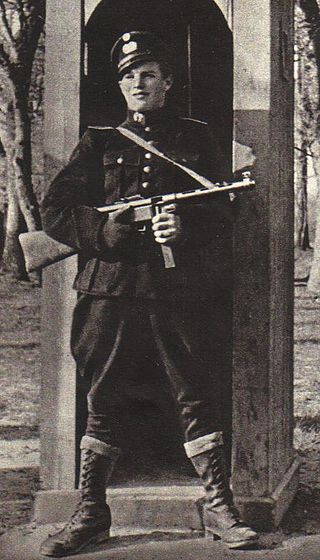
The HIPO Corps was a Danish auxiliary police corps, established by the German Gestapo on 19 September 1944, when the Danish civil police force was disbanded and most of its officers were arrested and deported to concentration camps in Germany. The majority of HIPO members were recruited from the ranks of Danish Nazi collaborators. The word HIPO is an abbreviation of the German word Hilfspolizei.
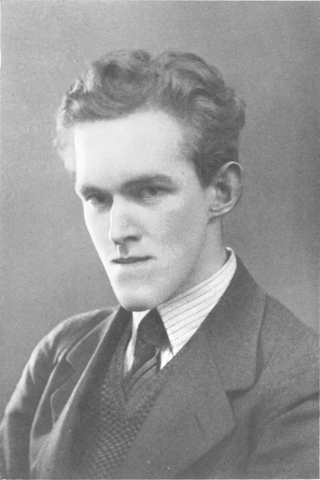
Georg Quistgaard was one of 102 members of the Danish resistance to the German occupation of Denmark in World War II who were executed following a court-martial.

The Whitestone Group was a Danish resistance group during World War II named after the Hvidsten Inn, between Randers and Mariager in Jutland, where it was formed.
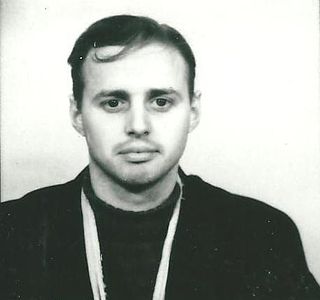
Jørgen Kieler was a Danish physician, remembered primarily for his participation in resistance activities under the German occupation of Denmark in the early 1940s. He was captured and was placed in a prison and Nazi concentration camps. Saved by the White Buses of the Bernadotte rescue, Kieler was treated for tuberculosis for two years after his release.

Marius Fiil was the inn keeper at Hvidsten Inn and a member of the Danish resistance executed by the German occupying power.
The Peter group was a paramilitary group created in late 1943 during the occupation of Denmark by the German occupying power. The group conducted counter-sabotage, also known as Schalburgtage, in response to the Danish resistance movement sabotage actions. The group was named after its German instigator Otto Schwerdt aka Peter Schäfer.

Brandenburg-Görden Prison is located on Anton-Saefkow-Allee in the Görden quarter of Brandenburg an der Havel. Erected between 1927 and 1935, it was built to be the most secure and modern prison in Europe. Both criminal and political prisoners were sent there, as well as people imprisoned for preventive detention or for interrogation and prisoners of war. Built with a capacity of 1,800, it sometimes held over 4,000 during the Nazi era. After the war, East Germany used the prison to incarcerate at least 170,000 people. Prisoners were used for labor, with them making things such as tractors, kitchen furniture, uniforms and radiation suits, electric motors, shoes, and cars.

Jørgen Haagen Schmith, also spelled Jørgen Haagen Schmidt, known during the war by the codename Citronen ), was a renowned fighter in the Danish resistance movement during the German Occupation of Denmark (1940–1945). He was a saboteur, including his involvement in the bombing of the Forum Copenhagen. He was also a rescuer and liquidator. He died after a multi-hour firefight with German soldiers on 15 October 1944.

Peder Bergenhammer Sørensen was a member of the Danish resistance executed by the German occupying power.
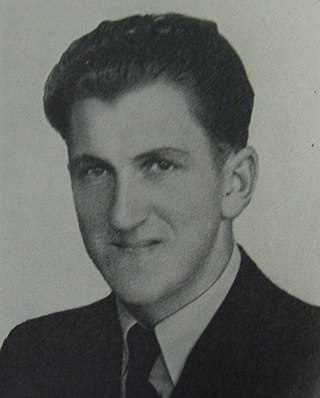
Niels Fiil was a member of the Danish resistance executed by the German occupying power.
Kirstine Fiil was a convicted member of the Danish resistance as part of the Hvidsten Group, whose husband, father and brother were executed by the German occupying power.
Gerda Søvang Fiil was a convicted member of the Danish resistance, whose father and brother were executed by the German occupying power.

Erik Crone was a member of the Danish resistance executed by the German occupying power.
Svend Glendau was a member of the Danish resistance executed by the German occupying power.
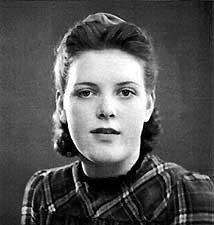
Maren Margrethe Thomsen, known as Maren Margrethe "Grethe" Bartram and "Thora", was a Danish woman who informed on at least 53 people from the Danish resistance movement during the Second World War, resulting in the early communist resistance groups being dismantled and many of their members being sent to Nazi concentration camps. Bartram informed on her brother, husband and close acquaintances.

Skæring Hede or Skæring Mindelund is a forest and memorial park in Skæring, the northernmost suburb of Aarhus, Denmark. Skæring Hede was originally a large heath but today only a fraction of it remains as encroaching suburbs and areas with summer houses have gradually taken over much of the natural land in the area, through the 70s and 80s. The remaining area of 8.5 hectares are mainly forest, although some heath do remain, and is managed as a public forest park by Aarhus Municipality. Today Skæring Hede is one of only a few public forests in Skæring and the northernmost park in Aarhus. The forest is mainly mixed pine and birch forest with a number of walking paths crossing through it and it is home to a World War II memorial. Skæring Hede is well known as the place where five Danish resistance fighters were executed during the Second World War in one of the first mass executions during the war. Parking facilities on Åstrup Strandvej.















